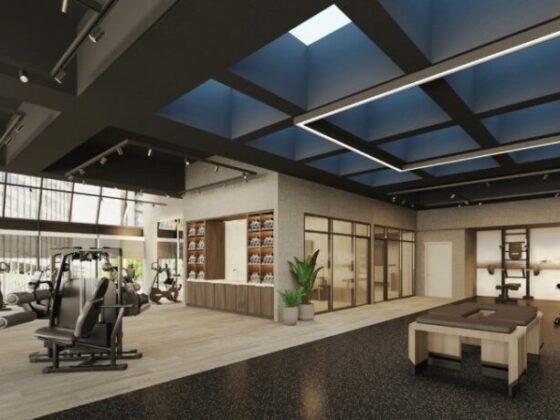
In a recent piece, I explored HBO’s The White Lotus as a satirical but surprisingly accurate reflection of today’s hospitality industry. The piece sparked a flood of responses—from current and former hoteliers, designers, operators, and front-line workers. The common thread? Everyone’s felt the disconnect between the shiny surfaces of hotels and the emotional strain behind the scenes.
We spend millions on furniture, technology, and lobby aesthetics. But we often forget the most important part of any hotel: the people who bring it to life. And that’s where most renovations fall short—they skip the emotional infrastructure.
Let’s dig into what that means.
A hotel can look incredible on the outside. New fixtures, high-end amenities, stunning interiors. But if your team is exhausted or disengaged, guests will feel it. Not always consciously—but it shows in tone, timing, and tension.
Too often, renovations prioritize form over function, and certainly over feeling. We redo the bar but ignore the break room. We obsess over scent diffusers but forget that good energy doesn’t come from essential oils—it comes from people who feel like they belong.
Hospitality workers carry a huge emotional load. They’re constantly reading people, managing expectations, and delivering empathy on demand—even when they’re drained themselves.
And when staff burn out? Service suffers. Guests notice. Turnover rises. Culture crumbles. It’s not a tech problem—it’s a people problem.
To fix that, we need to design emotional well-being into the business model—not treat it as an afterthought.
Here’s what forward-thinking hospitality leaders are starting to build:
This isn’t about being nice for the sake of it. Empathy drives results. When teams feel supported, they show up stronger. Guests notice. They return. They leave better reviews. They tell their friends. Reputation grows.
Because your team isn’t a cost center. They’re the emotional infrastructure that holds everything together.







